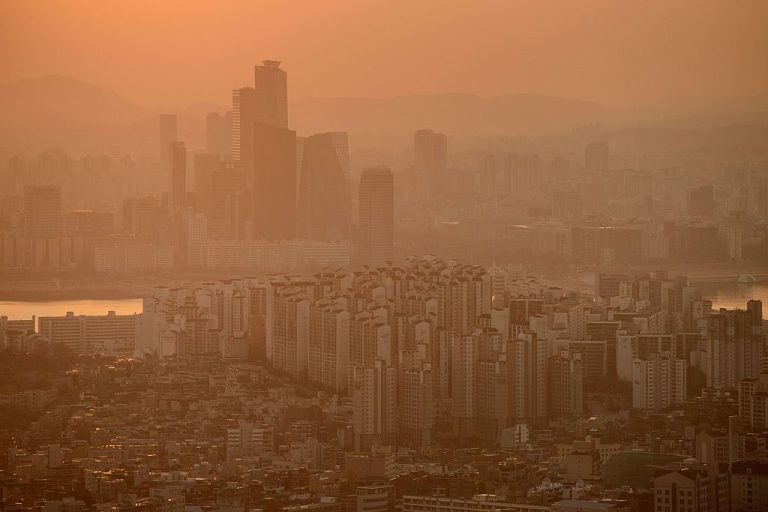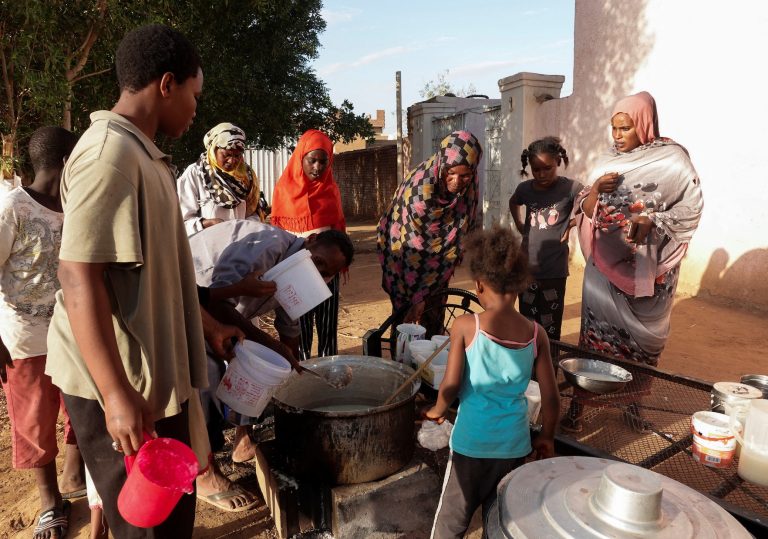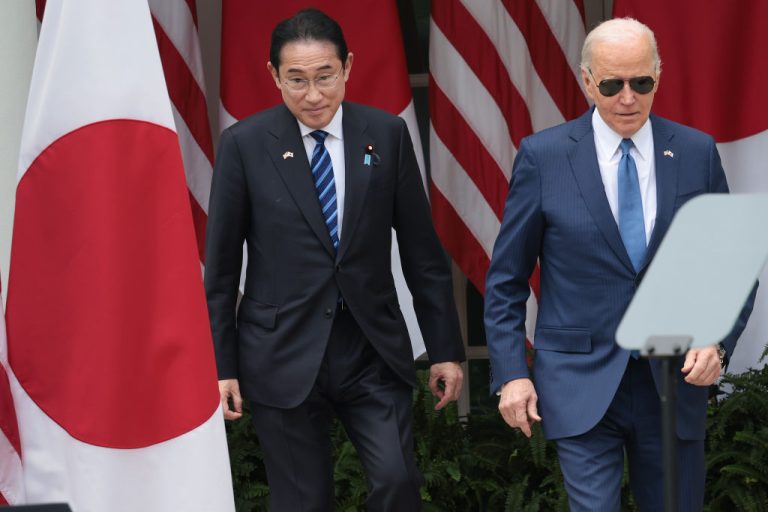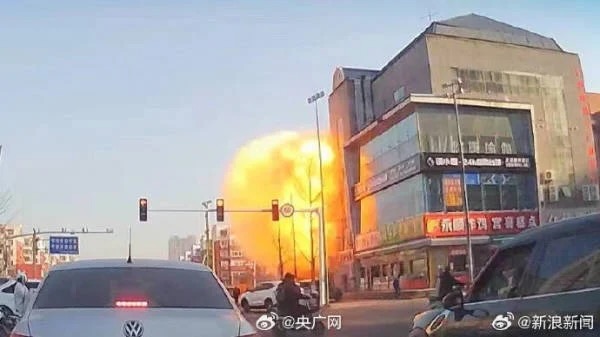South Korean skylines have been almost obliqued by a thick haze of smog-like “superfine dust” following Communist China’s sudden relaxation of its extreme “zero-COVID” lockdown and control measures — and the ensuing logjam of the country’s crematoriums — following mass protests in December.
Website Korea JoongAng Daily reported on Jan. 8 that air quality was “the worst this season over the weekend, with ultrafine dust advisories issued for almost all of the nation,” in an article accompanied by a photo of a nearly invisible Seoul skyline.
The Daily stated that a communication from the Korea Meteorological Administration (KMA) warned air quality was “expected to be bad throughout most parts of the country” into the coming week, affecting major metropolises such as Seoul, Chungcheong, and the Jeolla region in the southwest. Particles were detected as far east as Gangwon Province.
A paraphrased KMA notice attributed the cause to “pollutants [that] were flying in from China and remaining above Korea due to weak winds.”
Data from the Air Korea air quality monitoring website showed that “fine dust levels in downtown Seoul on Saturday at around 6 a.m. hit 135 micrograms per cubic meter, which was about four to five times higher than usual levels,” said the Daily.
Success
You are now signed up for our newsletter
Success
Check your email to complete sign up
“The ultrafine dust level at the same time and location reached 121 micrograms per cubic meter, about six to seven times higher than last year’s levels,” they added.
Data posted on Air Korea as of time of writing showed that areas such as Daegu and Osan were pushing an air quality index of 161 and 160 respectively, which according to a ranking of countries that recorded the worst air quality in 2021, put the cities on par with the #1 offender, Bangladesh, which posted an average of 161 throughout the year.
A Jan. 8 wire release by The Korea Herald stated that the decline in air quality was also accompanied by an increased density of finer particles, “The daily average concentration of fine particulate matter smaller than 2.5 micrometers in diameter, also dubbed PM2.5, spiked to 86 micrograms per cubic meter, compared 2021’s yearly average of 18.”
“Average levels of dust particles up to 10 micrometers in diameter, known as PM10, was 143 micrograms per cubic meter,” The Herald added.
Whence the pollution?
One Twitter user located in South Korea under the handle Kimchi Discount posted a photograph of the Seoul skyline on Jan. 7, stating, “Seoul’s skyline has been covered with a high thick smog ever since the Zero Covid policy ended in China. Something tells me that China Inc. is ramping up.”
However, whether South Korea’s smog problem is rooted in China’s industry may be a matter of public perception rather than reality.
A June of 2022 article published in Scientific American (SA) titled What Air Pollution in South Korea Can Teach the World About Misinformation, explained, “In Korea, air quality has been improving over the past 20 years but public perception is different.”
“People believe the air quality has been deteriorating since 2013. The official air quality measurements in Seoul suggest that the concentration of fine dust, called PM10 (particulate matter 10 micrometers or smaller), has actually decreased over time,” the article continued.
SA pointed out that data collected by NASA and South Korea’s National Institute of Environment Research showed, however, that “52 percent of the fine dust at Olympic Park in Seoul comes from South Korean domestic factories, while only 34 percent comes from western China.”
“People believe that the majority of the fine dust pollution is produced in China and that it blows into Korea via seasonal wind,” the outlet stated as it pointed out that despite the data, local media headlines collected between 2000 and 2021 consistently attributed the cause to Chinese industry.
An alternative theory
One potential source of the smog coming from China could have less to do with the downside of industrial manufacturing and more to do with the aftermath of the world’s largest country being both the epicenter of the SARS-CoV-2 virus, which causes Coronavirus Disease 2019 (COVID-19), and the hardest-hit.
Dec. 21 reporting by Reuters demolished any veracity the Chinese Communist Party’s unrealistically low COVID death count may have had in an article titled Hearses Queue at Beijing Crematorium, Even as China Reports No New Covid Deaths.
“Amid a heavy police presence outside a crematorium in Beijing’s Tongzhou district, a Reuters witness saw about 40 hearses queuing to enter while the parking lot was full,” the article stated.
Reuters wasn’t alone in the observation.
Dec. 22 reporting by establishment media cornerstone CNN titled As Crematoriums Fill Up, China Shifts How It Counts COVID Deaths criticized the regime for creating the illusion that its lockdown mandates were actually saving lives.
“For nearly three years, China’s hardline zero-Covid policy shielded its population from the kind of mass deaths that haunted Western nations – a contrast repeatedly driven home by the Communist Party to illustrate the supposed superiority of its rule,” the article read.
CNN continued, “Officially, China reported only eight Covid deaths this month – a strikingly low figure given the rapid spread of the virus and the relatively low vaccine booster rates among the vulnerable elderly.”
“The official tally has been met with disbelief and ridicule online, where posts mourning loved ones dying of Covid abound,” the outlet noted.
“Caixin, a Chinese financial magazine known for its investigative pieces, reported on the deaths of two veteran state media journalists infected with Covid, on days the official toll stood at zero,” CNN added.
The network likewise corroborated the sudden emergence of long queues of families attempting to put the deceased to rest, “When CNN visited a major crematorium in Beijing on Tuesday, the parking lot was completely packed, with a long line of cars snaking around the cremation area waiting to get in.”
“Smoke billowed constantly from the furnaces, while yellow body bags piled up inside metal containers,” they added.
Crematoriums packedd
What both articles quietly reveal, however, is that for Chinese people, cremating loved ones who have perished because of COVID — or any other causes — has been anything but an easy or accessible process as deaths ramp up amidst the resurgence of the pandemic throughout China.
Reuters stated that according to funeral home workers they interviewed, “Some Beijing residents have to wait days to cremate relatives or pay steep fees to secure faster service, funeral home workers said.”
“A worker at one Beijing funeral parlour posted on social media an offer of ‘speedy arrangement of hearses, no queue for cremation’ for a fee of 26,000 yuan ($3,730),” the wire added.
CNN interviewed one man at a hospital, who told them, “The hospital where his friend passed away was too full to keep the body, because so many people had died there. His friend’s body was left on the hospital floor, he said.”
They added that “social media footage” had likewise shown, “In many parts of the country, crematoriums are struggling to keep up with an influx of bodies too.”
A Bloomberg article dated Dec. 19 stated that crematoriums were so backed up that state police and what appeared to be private security guards were seen directly managing a Beijing crematorium “reportedly designated to handle Covid fatalities.”
Comments given by workers indicated that the sudden influx of dead bodies corresponded almost immediately with the Party’s dropping of “zero-COVID.”
“The crematorium has drawn scrutiny after workers told foreign media including the Financial Times and the Wall Street Journal that they were overwhelmed with bodies since China scrapped most Covid restrictions and Beijing experienced a surge in cases,” Bloomberg stated.
“That contrasts with the official virus death count, which saw just two Covid fatalities recorded for Beijing this weekend, the first in almost a month,” the outlet added.
However, official COVID guidance on the Government of Canada’s website appears to contradict a timeline that associates the removal of the Party’s restrictions with an immediate increase in new deaths requiring the services of a crematorium.
Canadian guidance states that the prevailing Omicron variant not only “has been found to have an incubation period of a median of 2-4 days,” but that viral loads “have been reported to peak in saliva 1-2 days” before an infection can even be detected via PCR or antigen testing.
Flashback
In February of 2020 just as the pandemic was starting to go global, footage of a Wuhan city covered in smoke analogous to the Seoul skyline appeared on the internet.
Reported by UK tabloid The Express, Chinese social media users at the time claimed the smoke had “come out of nowhere” as the plumes were attributed to crematoriums handling an overflow of victims claimed by a novel respiratory virus.
“The National Health Commission in China has ordered all coronavirus fatalities to be cremated, with burials and funerals banned, to prevent to [sic] spread of disease,” the article noted.
The footage came in tandem with posts that spread on Facebook and other social media outlets, noting air quality data from the website Windy.com in and around Wuhan had shown a “spike of sulfur dioxide emissions,” allegedly indicating the burning of organic matter.
The supposition, however, was “fact checked” by a litany of western agencies, such as Politifact, who rated the claim “Pants on Fire” because although sulfur dioxide “can be produced by burning organic matter…[the chemical] mostly comes from burning coal and oil.”
“And there are several coal power plants and oil refineries near Wuhan,” they added.
Politifact also stated that Windy.com “provides air quality projections — not real-time atmospheric conditions.”
However, the firm also relied on statements by the Communist Party and its mouthpiece Xinhua to support its self-described debunk.
“China’s National Environmental Monitoring Center has addressed the image in the Facebook post,” they said.
“The state-run Xinhua News Agency reported that environmental officials had recorded sulfur dioxide levels several times lower than what Windy.com showed.”
















